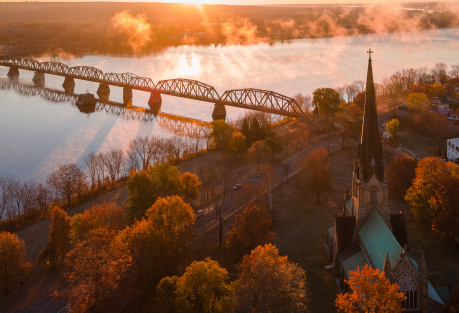
Settling the Unsettled: Closing the Urban-Rural Immigration Gap in Canada
An Action Canada Fellowship reportCanada is a nation of immigrants, with more than one in five Canadians were born outside of Canada. Immigrants bring a cultural richness to Canada and play a key role in filling gaps in the labour force, contributing to the tax base, and spending money on goods, housing and transportation. With an aging population and workforce, Canada risks unmet labour market needs and sub-quality public services—challenges which can, in part, be solved by welcoming immigrants to Canada.
However, newcomers to Canada overwhelmingly settle in urban areas. Why do so few immigrants settle down in small and medium population centres in Canada, and how can we encourage them to do so?
Our report identified six gaps in support for newcomers who might settle in rural areas, and small and medium population centres, as well as key recommendations to address these gaps.
Gaps in Support and Welcoming include:
- A lack of connectedness and a support network, and a feeling of isolation;
- Racism, xenophobia, and intolerance;
- Limited employment opportunities, underemployment, and barriers to foreign credential recognition;
- Discomfort living outside an urban centre;
- Inadequate housing; and
- Inadequate public transportation services.
To address these gaps, we recommend that stakeholders:
- Employ evaluation tools to address current gaps and identify targeted solutions.
- Create a municipal table on immigration.
- Engage service providers and employers in all aspects of immigration.
- Develop an anti-racism strategy.
- Implement an immigration mentorship program.
- Leverage technology.
- Subsidize housing solutions.
- Provide accessible transportation options.
- Encourage long-term incentives through employers.
- Promote local attractions and amenities.
Successful immigration is more than simply attracting and bringing in newcomers, but also welcoming them and giving them the opportunity to thrive. Our report explores how rural, small and medium communities can become home to new Canadians.








